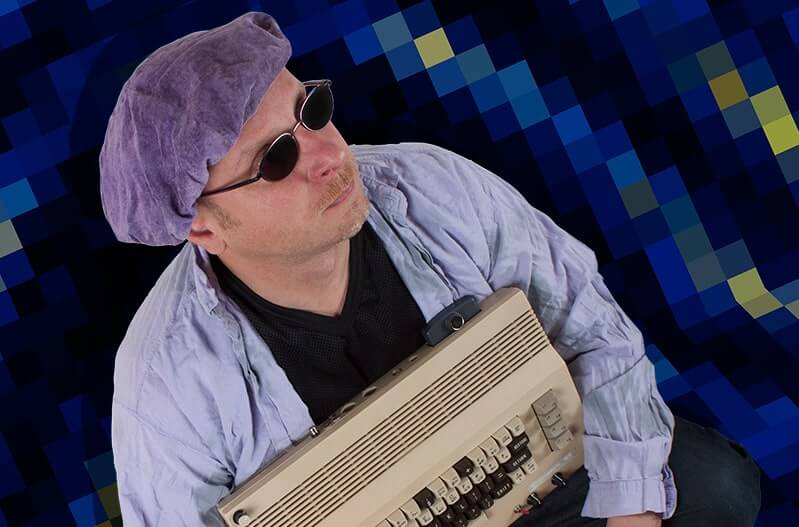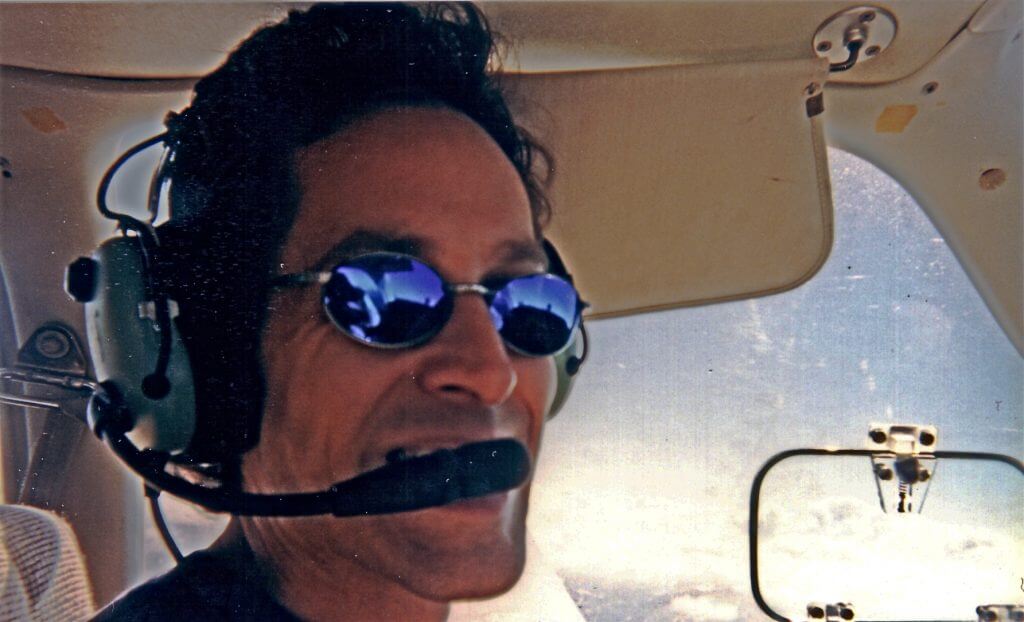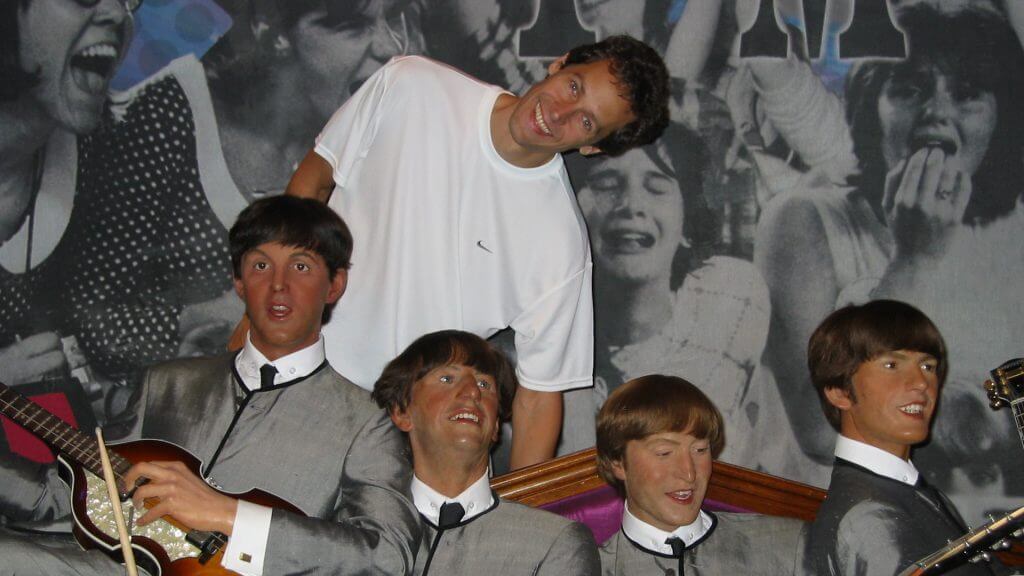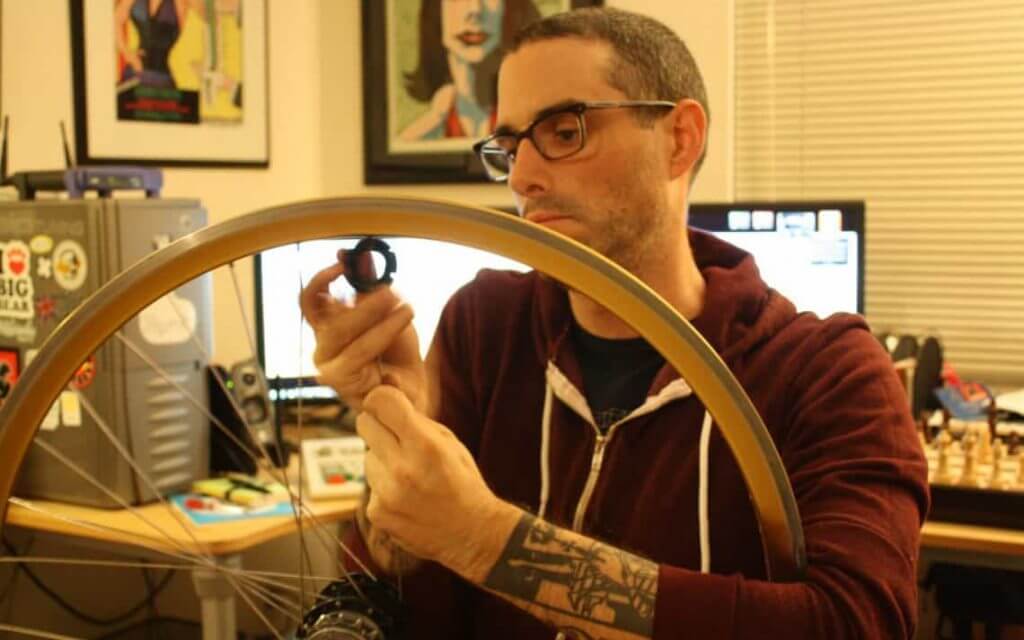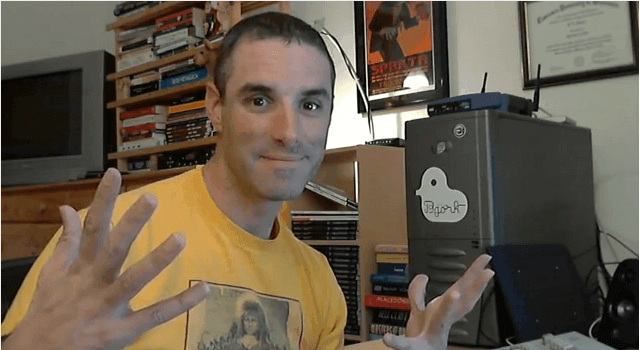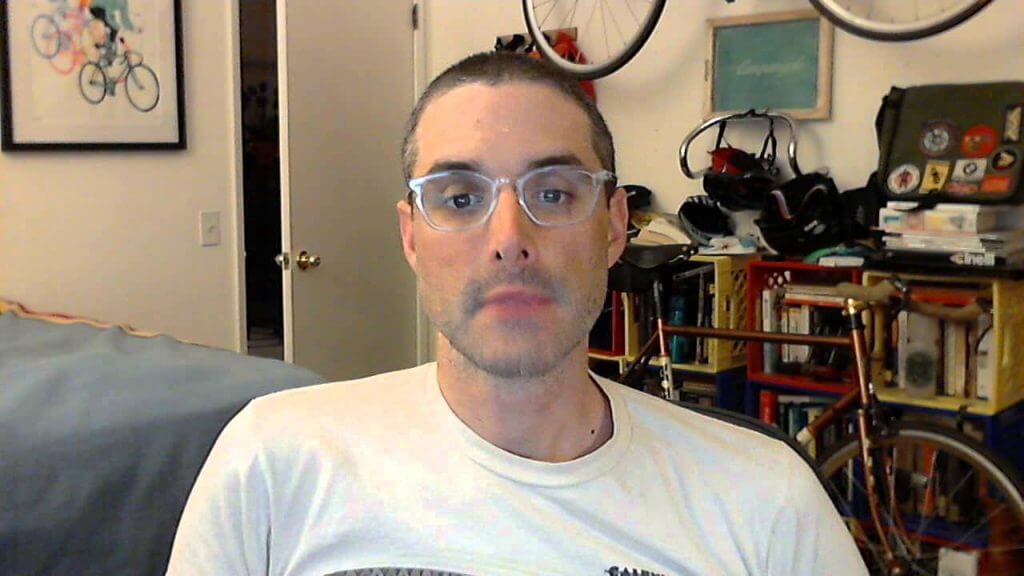Mark Knight: Chapter III
Let’s carry on. With the Mindscape era behind you, you were suddenly a free agent. Before you moved to a new dry harbor, you were hired to remix and rearrange a soundtrack for a PS1 port of FPS cult classic Duke Nukem 3D, called Total Meltdown. Interestingly enough, your version of the soundtrack is much more electronica-driven and some of the added material drifts off heavily from the original. For a PC gamer, it would be almost impossible to connect it with Duke at all. How come you chose this avenue?
I know. Another interesting little point with that is, if you can imagine Wing Commander should have never really run at all on Amiga, just like Duke Nukem should have never run on a PlayStation. It’s the same programmer, Nick Pelling, who did Wing Commander and Duke Nukem, which is why I got the gig to work on it.

